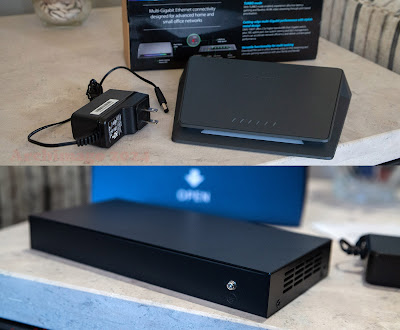 |
| Gotta love those Nordost-like flat speaker cables from AliExpress. The 90° locking banana connectors are a bit on the large side however. 😉 |
As we saw last week in Part I, I started reviewing the Fosi Audio V3 Mono amplifier, early August 2024 retail release, in the form of the stereo with 48V/10A power supply kit. We've already had an extensive look externally and inside the device, seen the benefit of PFFB for load invariance as well as discussed a couple of the issues I ran into (inverted polarity and the ground noise with 2 amps connected to one battery).
This time in Part II, let's proceed deeper into the measurements to explore the amount of power this little amplifier can provide, some details on distortion characteristics, and as usual, ending off with subjective impressions and summary of the product.



